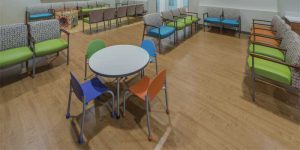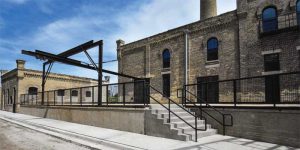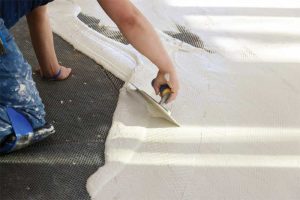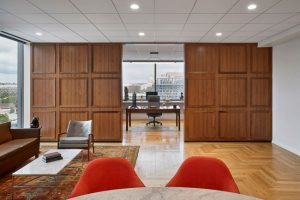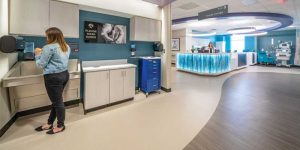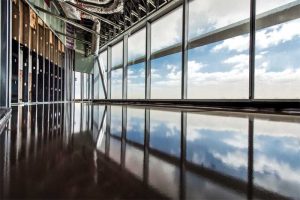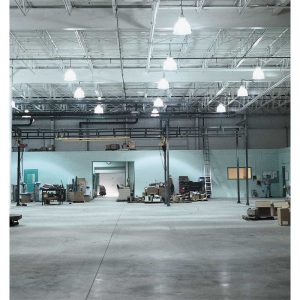When specifying flooring, one should consider both sustainability and performance. They are not mutually exclusive, but rather completely integrated. Both are affected by the material science that goes into the product: How are they constructed? Where do the materials come from that make these products?
+ Read More
|
Adaptive reuse is a process of retrofitting old buildings for new uses allowing structures to retain their historic integrity while providing for occupants’ modern needs. These projects preserve what’s best about historic properties, but develop them in a way that is modern and usable, and infuse new life into...
+ Read More
|
As a part of the living history of construction, archaic floor systems exist in many buildings despite having been supplanted by modern construction methods. As a building manager or design professional, it is important to be aware these systems are in use today, and to recognize one in place...
+ Read More
|
Arizona State University used a high-performance flooring solution during the remodel of its student fitness center to transform it into a space that fosters health, wellness, engagement, and community.
+ Read More
|
Often referred to as substrate “porosity,” substrate surface water absorptivity refers to the ability of a flooring substrate surface to absorb liquid relatively quickly. The coalescence of an impermeable floorcovering material and a non-porous concrete surface not only reduces moisture from coming in, but also from escaping.
+ Read More
|
Hickok Cole Architects used acoustic ceiling systems to meet the sustainability and aesthetic goals of the National Association of Broadcasters’ headquarters in Washington, D.C.
+ Read More
|
Designers can make healthcare spaces safer and more comfortable in a variety of ways. From controlling aromas and sound to creating community spaces that encourage relaxing interactions, design professionals can bring to hospitals many design elements to make the environment more friendly, open, and welcoming.
+ Read More
|
Today, there is a growing demand for large-format ceramic and natural stone tiles. This necessitates proper specification and execution of floor surface preparation, particularly in relation to floor flatness, which is critical to successful floorcovering installation.
+ Read More
|
Metals do not only provide resilience, beauty, and acoustical performance, but gains in paint technology make for an unlimited resilient pallet for the design and viewing community. From a functional linear ceiling system to wall panel options, a building’s interior can benefit from the beauty and durability of metal.
+ Read More
|
When it comes to pigments, there is much more to it than aesthetics. The genetic makeup of a pigment and coating can provide desirable performance characteristics.
+ Read More
|
|
|


